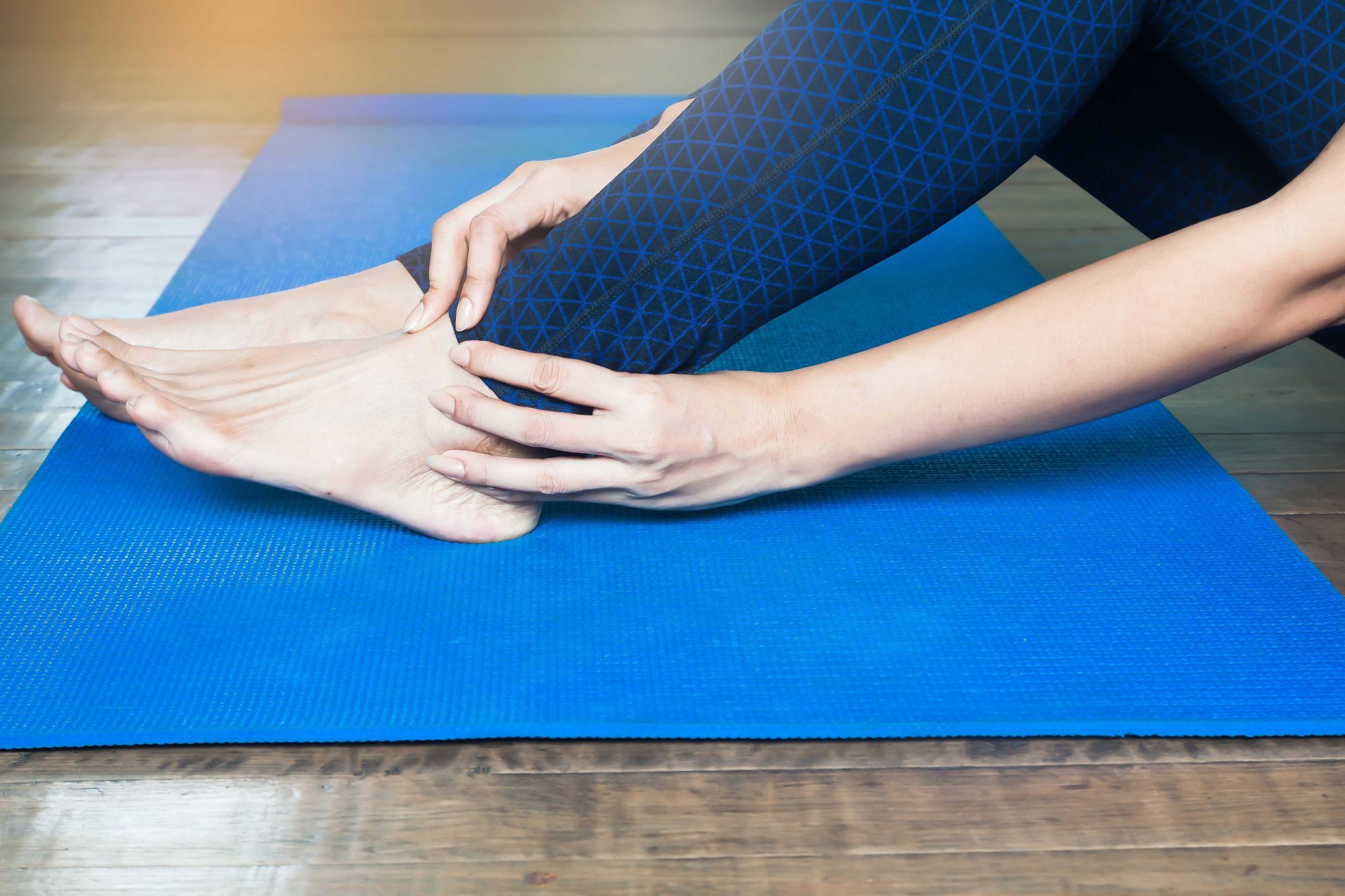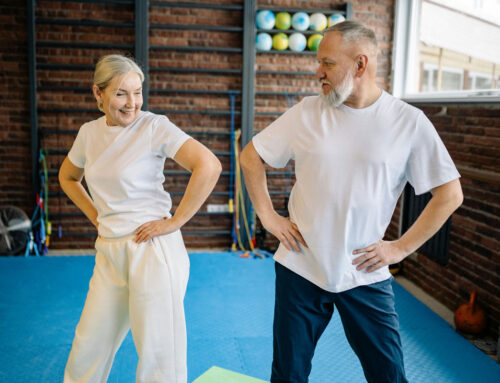It’s standard practice to recommend clients use ice anywhere up to 48 hours after an injury and anytime they feel inflammation.
Personally, I don’t follow this practice and neither does Dr. Gabe Mirkin, the gentleman who created the acronym RICE. In an athletic injuries course that I took at the University of Western Ontario, the following rationale was given.
The case against ice
When an injury occurs, metabolites involved in healing are released, which impede the flow of blood, oxygen and nutrients to the site of injury.
That same tissue is “starving” for oxygen and if it doesn’t get it, the tissue will die or will be severely injured for the long haul. My thinking (some of which evidence is now supporting) is as follows:
- Inflammation is critical to the healing process, so by icing you’re actually impeding that process.
- If a tissue is starving for oxygen after damage, why wouldn’t you increase the oxygen supply by promoting blood flow to that area? Heat promotes blood flow; therefore promoting oxygen and nutrients to the damaged tissue.
- Muscles shorten in cold (just as humans shiver and curl up to stay warm) and so any tearing or straining might be exacerbated by applying cold.
The rise in popularity
I believe that icing became popular for two reasons:
Professional sports: In any given sports season, there are a number of games that an elite athlete has to be ready to play. By icing the area, the athlete temporarily achieves enough comfort to complete the game and ultimately finish out the season, before taking care of the rehabilitation thoroughly in the off-season.
Discomfort: Swelling is incredibly uncomfortable and so icing helps to temporarily relieve that discomfort, but it does not help the healing process in any way.
The opposite approach
For the long-term it would be much better – and I think we’ll see it come out in literature in the next few years – to heat the injured area.
Allowing continuous blood flow through the application of heat will reduce the seizing or shortening of muscles that would make them more difficult to reattach, should there be a tear or strain of any degree.
The application of heat also allows the damaged tissue to be flushed out, while replacing it with oxygen and nutrients resulting in new, healthy tissue.
CanPrev recommends:
Joint-Pro / Joint-Pro NEM / Joint-Pro Concentrate
Curcumin-Pro / Curcumin-Pro Liquid
Shayne Glass-Smith, B. Kin (Hons.) earned his Honours degree in Kinesiology from Western University in 2009. Since then, he has worked at several physiotherapy clinics in London, Ontario and Toronto, Ontario. He currently lives in Edmonton, Alberta and is working toward becoming a physiotherapist. In his spare time, he enjoys playing basketball, volleyball and weightlifting.







Leave A Comment